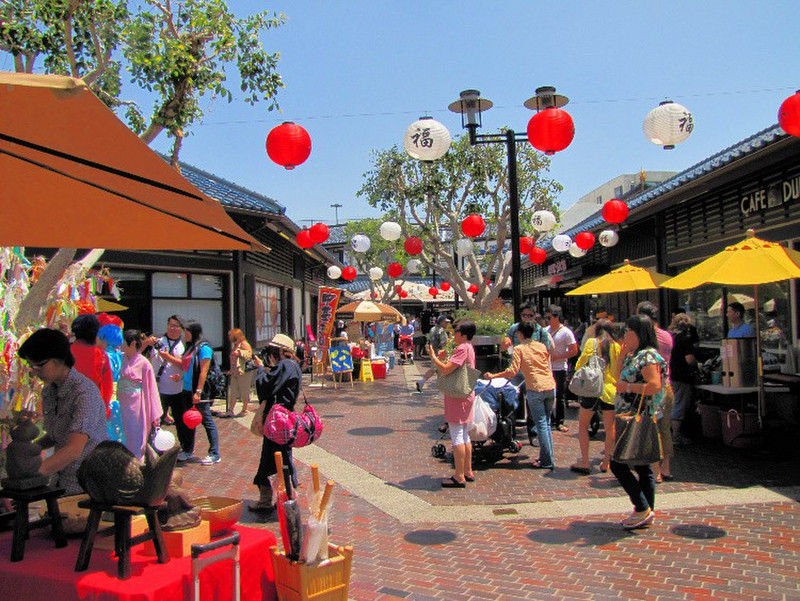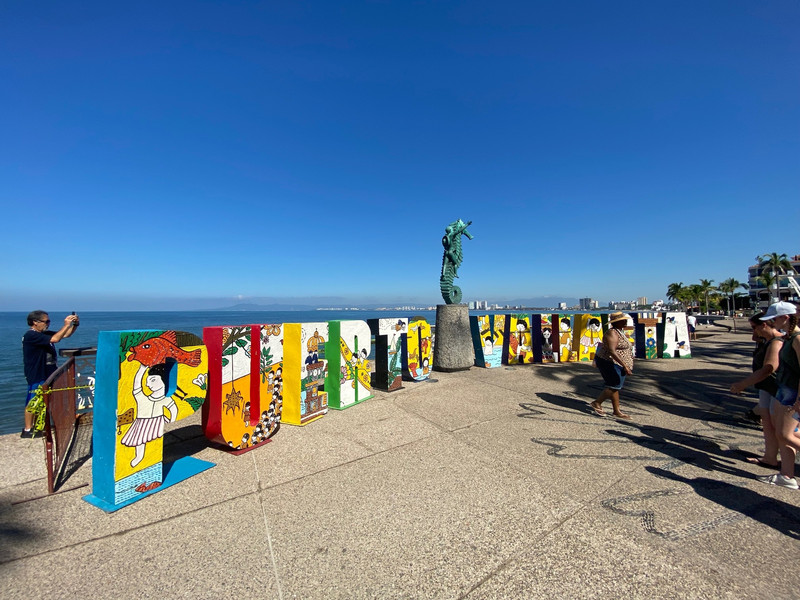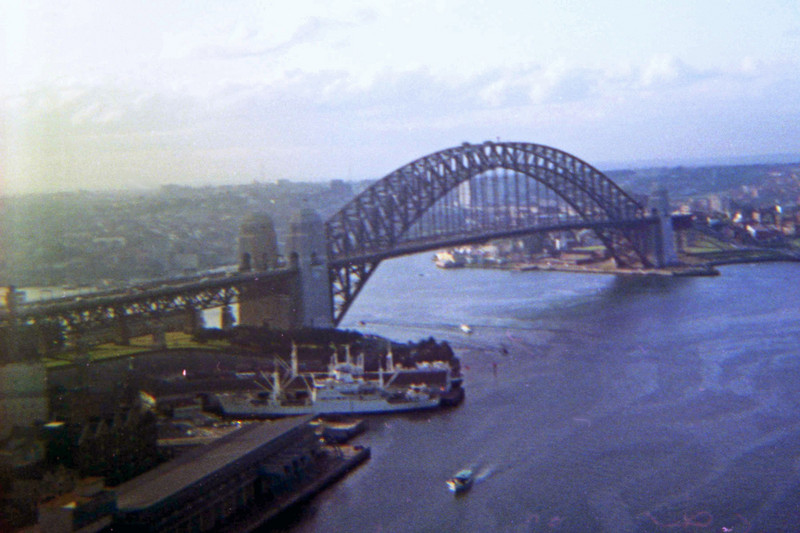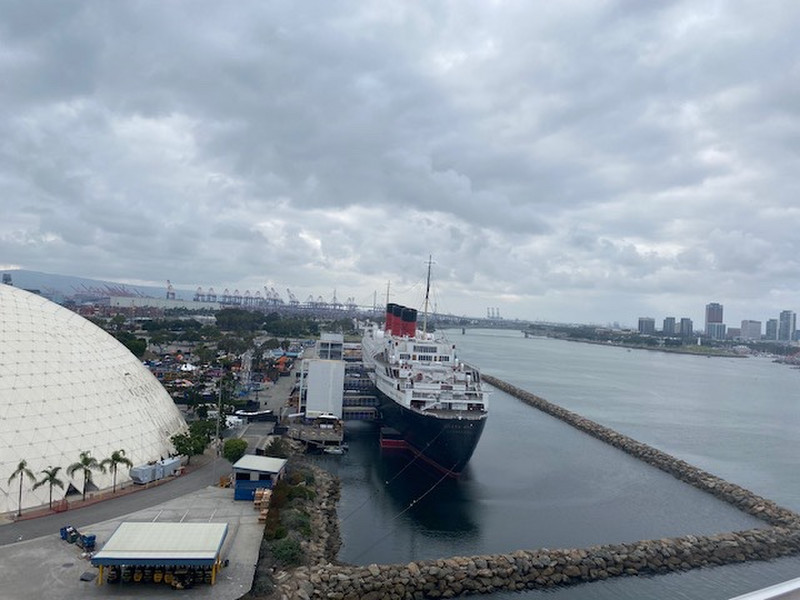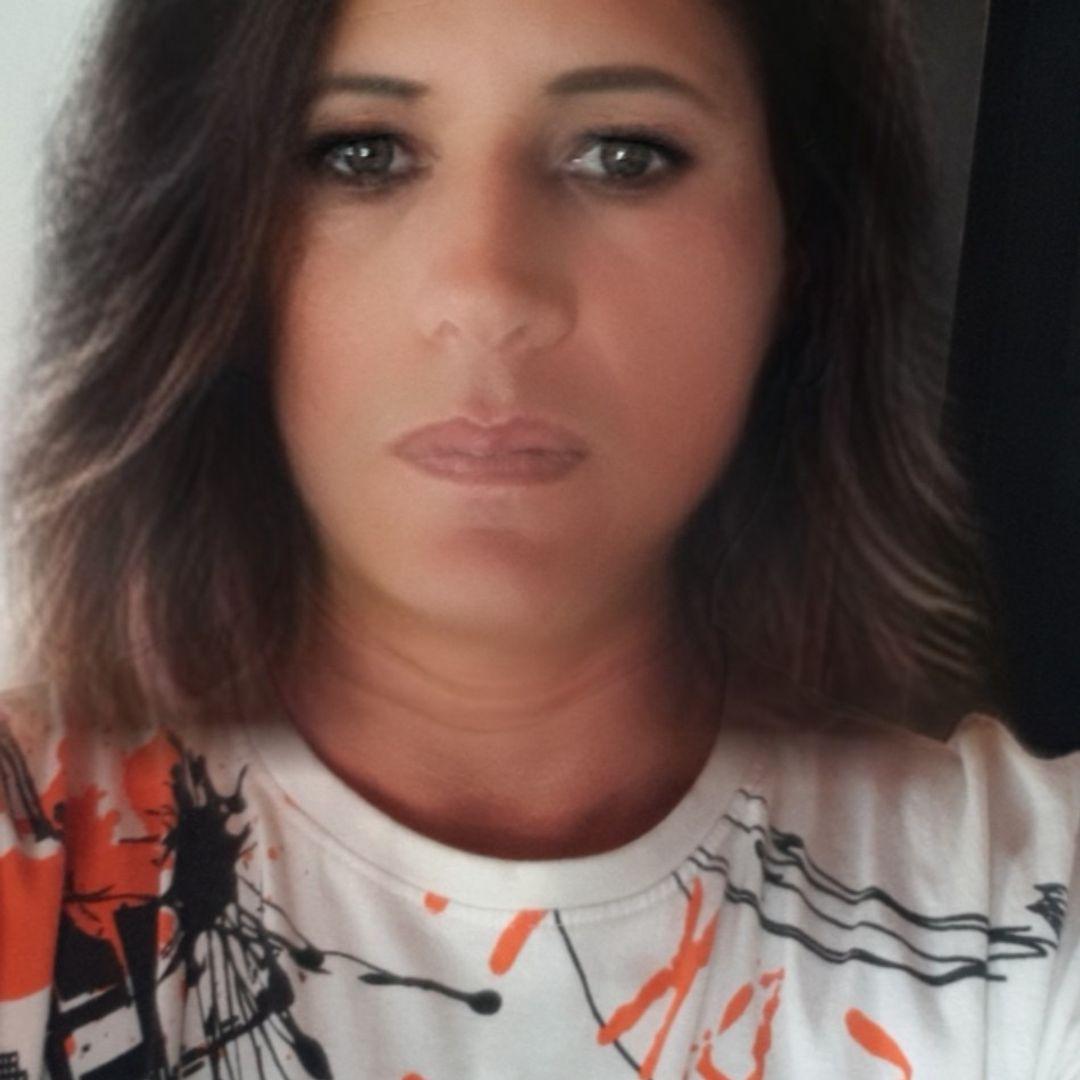At one point, there were 43 different Japantowns in California alone. But, after World War II when the United States Government wrongly imprisoned its own Japanese American citizens in concentration camps, most Japantowns were lost. There are now just three. They are located in Los Angeles, San Jose and San Francisco (pictured above).
I to San Franciscos Japantown for a sushi lunch during the springtime when the cherry blossoms are blooming. Make time to browse the shops afterward! If you want more Japanese vibes, head over to the Japanese Tea Garden.
Japantown has also been known as Little Tokyo, and Nihonmachi. There are roughly 1.4 million people of Japanese descent living in the US.
From 43 to three is quite dramatic. What really happened? Many Japanese Americans who were incarcerated during WW2 did not return to particularly on the west coast. Places like Seattle, Sacramento, San Diego, and Portland had thriving Japantowns. In fact, my Aunt and Uncle (and cousins) had a busy hardware/furniture in Sacramentos Japantown. And another Aunt and Uncle remained in Chicago, after the rest of my family returned to their farms in California. From Wikipedia:
America in the Meiji period (1868–1912). At that time, many Japanese were poor and sought economic opportunities in the United States. Japanese immigrants initially settled in Western parts of the US and Canada. There were several Japantowns in Canada as well. But again after the Internment of Japanese after Pearl Harbor, were dispersed since Japanese Canadians were also sent to Relocation camps.
Interestingly, a Little Japantown has emerged in Toronto, Canada around Bay and Dundas Streets since the early 21st century.
At one time, there were 43 different Japantowns in California, ranging from several square blocks of Little Tokyo in Los Angeles, to one in the small of Marysville in Yuba County. Besides typical businesses, usually had Japanese language schools for the immigrants children, Japanese language newspapers, Buddhist and Christian churches, and sometimes Japanese hospitals. After the World War II internment of the Japanese, most of declined significantly or disappeared altogether.
Interestingly, Liberdade district in Sao Paulo, Brazil has the largest population (over 200,000) of Japanese outside of Japan, and the largest population of people of Japanese descent. Brazil has a total of 1.6 million people of Japanese descent.
Gardena, which became a of Japanese after WW2. As a little kid, it seemed like every other home was owned by Japanese. I recall many Japanese owned businesses, included markets, pastry shops, insurance, health care, as well as both Christian and Buddhist Churches.
Little Tokyo in Los Angeles has the largest population of Japanese Americans in North America. Again, I fondly remember visiting back in the 60s, both for social and athletic events, as well as meals and shopping. Many of the small business are gone, thought the food and grocery businesses still thrive, along with the Japanese American National Museum.
As I said, I think you will be pleasantly surprised, with the food choices, as well as some shopping. The Japanese food markets are my favorite, and I can always find something!
